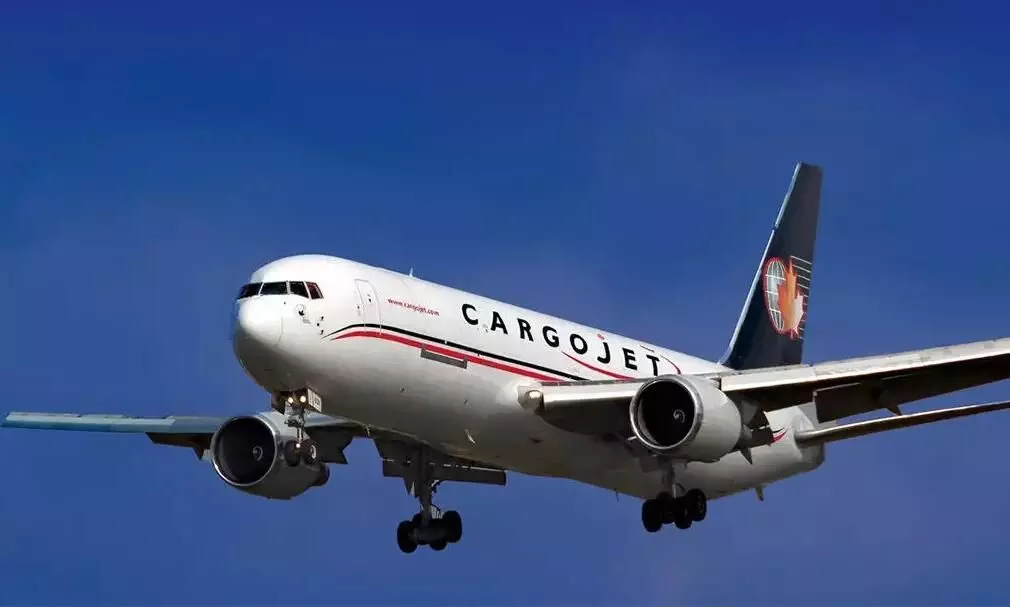
Cargojet extends air services agreement with Amazon until 2029
The agreement also includes an option for Amazon to renew it further until March 31, 2031.

Cargojet has extended its Air Transportation Services Agreement with Amazon Canada Fulfilment Services for an additional four years, now running through March 31, 2029. The agreement also includes an option for Amazon to renew it further until March 31, 2031.
“This multi-year Contract underscores Cargojet’s role in Amazon’s logistics network. At the heart of our success is a dedicated Cargojet team that makes it happen every single day,” says Ajay Virmani, Executive Chairman.
Cargojet is a Canadian provider of time-sensitive air cargo services, operating across major cities in North America and select international destinations. The company offers dedicated, ACMI, CMI, and international charter services, and handles over 25 million pounds of cargo weekly. Cargojet owns and operates a fleet of 41 aircraft.
Cargojet’s fleet includes Boeing 757-200 freighters, Boeing 767-200 freighters, and Boeing 767-300 freighters.
Amazon uses Cargojet’s overnight air network and charter aircraft services to transport packages between its facilities and to last-mile carrier locations ahead of final delivery to customers.
In April 2021, Cargojet announced that it had entered into a new Air Transportation Services Agreement with Amazon Canada Fulfilment Services. Under the agreement, Cargojet would operate two Amazon-owned Boeing 767-300BDSF aircraft on a CMI basis within Canada as part of the Amazon Air network, starting in mid-2021.
According to Planespotters.net data, Cargojet currently operates one Boeing 767 freighter for Amazon, registered as C-GAZF. Notably, another Boeing 767 freighter previously operating on behalf of Amazon, registered as C-GAZI, overran the runway at Vancouver International Airport. The aircraft was operating flight W8-2387 (departed Nov 18) from Hamilton to Vancouver. Before landing, the crew declared a PAN PAN due to a flap malfunction, advising that they would be landing at a higher-than-normal speed. Emergency services were placed on standby as a precaution.
The aircraft landed in Vancouver at a higher-than-normal speed, approximately 175 knots over ground, and overran the runway. Its nose gear collapsed after the aircraft came to a stop. The aircraft is now stored at Roswell Industrial Air Centre in the U.S.

